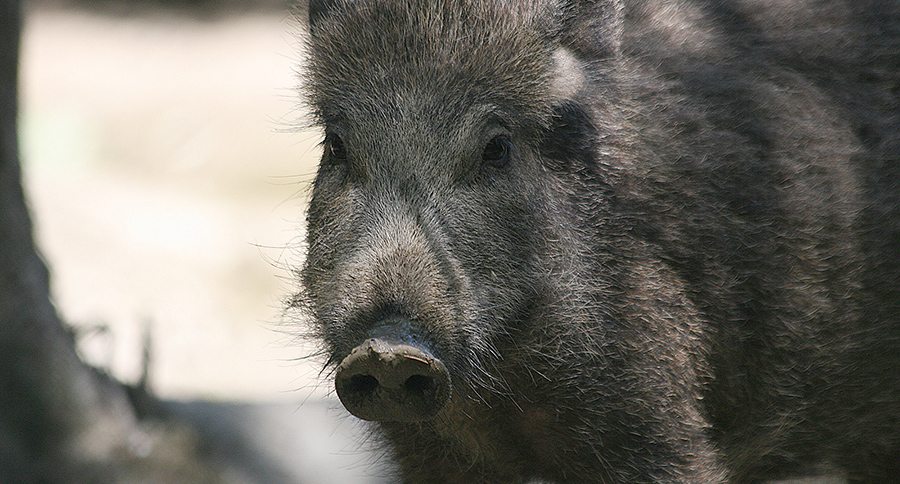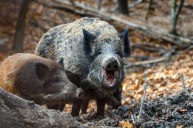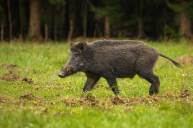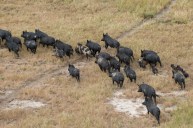The Texas Agricultural Commissioner just approved a new feral hog poison that just might be the solution to the state's growing swine problem.
Farmers, ranchers, deer hunters, and outdoorsmen in general across the state of Texas who despise wild hogs may just have received the answer to their prayers. A new feral hog poison was just approved by Texas Agriculture Commissioner Sid Miller.
Miller approved a rule change that classified a new warfarin-based feral hog poison as a state-limited-use pesticide approved for feral hog control. Sold under the brand name "Kaput," the new feral hog poison is the first pesticide approved for use on hogs in the United States.
Warfarin is an odorless and tasteless blood thinner that is used in many medications for humans. However, it also has a long history of use as a rodent poison, and over a decade of testing in Texas has revealed that feral hogs are apparently also particularly sensitive to it.

At the same time, other species like deer, vultures, cattle, and dogs may safely consume much higher doses, which limits the impact on non-target animals and makes warfarin a great choice as a feral hog poison.
Vitamin K may also be used as an antidote in the event another animal inadvertently consumes too much warfarin.
Even so, officials are being very cautious with the hog poison for now. The status of Kaput as a state-limited-use pesticide means that average citizens can't just go out and purchase some at a local store. Instead, only licensed applicators may purchase and use this classification of poison.
The process of using the hog poison is pretty straightforward. Licensed pest control agents will set out nontoxic bait in special feeders that only adult hogs can open. After the hogs get used to eating from the feeder, users merely replace the nontoxic bait with identical blocks containing the feral hog poison.
The hogs normally consume a lethal dose of the poison and die within a few days.
As an added bonus, the fat inside of hogs that consume lethal doses of the hog poison turn bright blue, making them very easy to identify. So, if you ever shoot hog that is blue on the inside, do not eat it.
So, will this be the long sought "silver bullet" in the ongoing war on feral hogs? The Texas Department of Agriculture and the Texas A&M Agrilife Extension Service both seem to think so. In fact, Commissioner Miller is so confident that it will work he has even asked the Texas legislature to remove $900,000 in the department's budget earmarked for feral hog control research since he believes will no longer be necessary with the approval of the new hog poison.
I personally have doubts that the hog poison will work as well as advertised and fear that there will be unforeseen impacts down the line. Will it end up killing non-target species? Will the poison make it into the water table? What are the risks to hunters who kill and eat hogs that consumed a non-lethal dose of the poison?
If the hog poison works as described (and that's a big "if") and successfully kills hogs without causing harm in other ways, then the hog hunting in Texas (and maybe even in the entire country) will probably not be nearly as good as it is now in a couple of years. The state be better off without the hog infestation that's plaguing the country, but only if we don't cause even more serious problems while getting rid of the hogs.
Like what you see here? You can read more great articles by John McAdams on his hunting blog. Follow him on Facebook The Big Game Hunting Blog or Twitter @TheBigGameHunt.
NEXT: WHEN HOG HUNTING GOES HORRIBLY, HORRIBLY WRONG
WATCH




